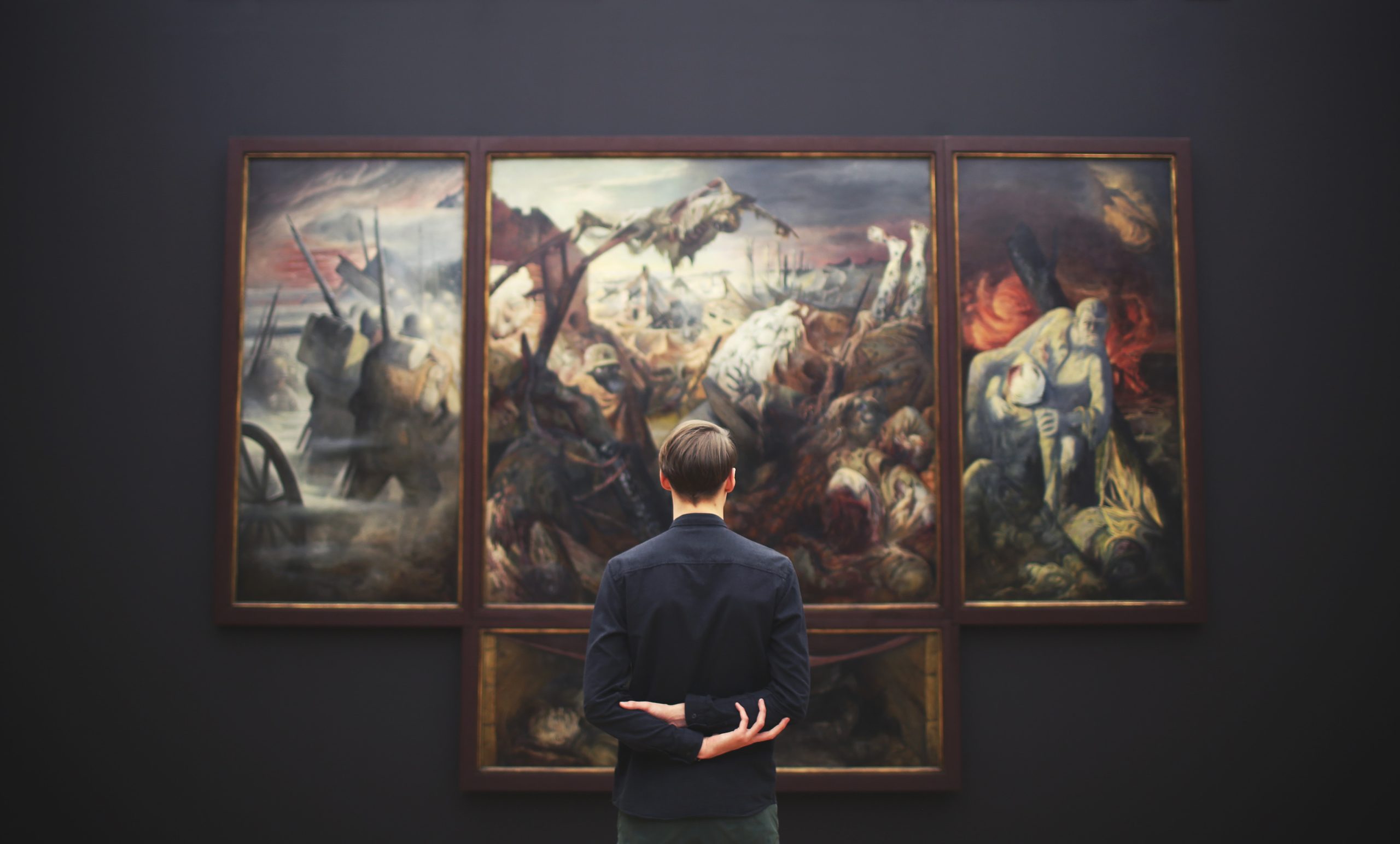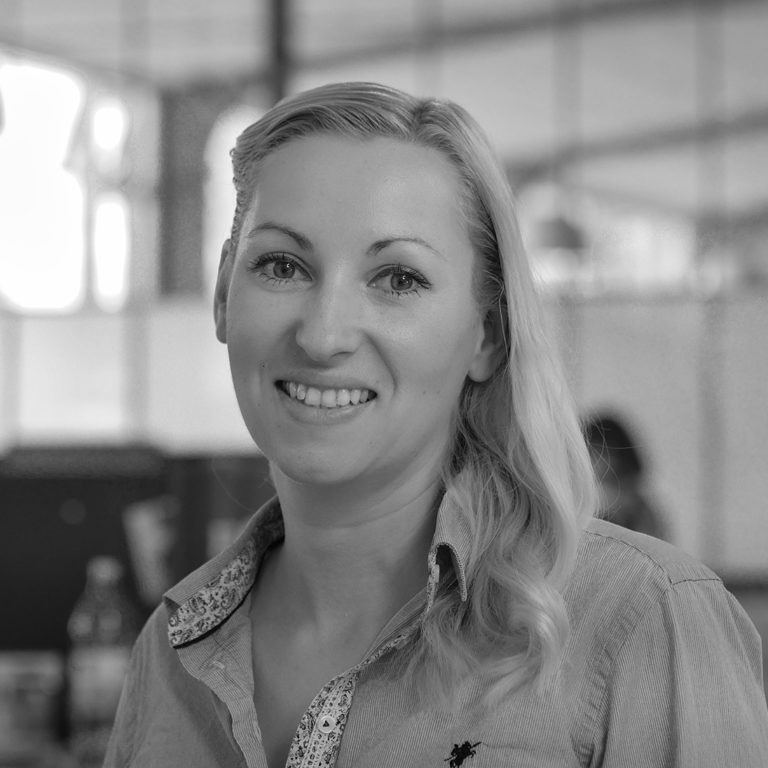
Go see an exhibition… in your living room! – How Covid-19 changed e-learning forever
🎧 Listen To This:
When the pandemic hit the world and held us all in its infected hands, everything closed. To force the pandemic’s head down, the lockdowns were issued. As a consequence… well you already know. Stores, clubs, schools, and other ways of enjoying life that required visiting a place were out of the game. But only for a while! At least for some of them. During and after the lockdowns, you’ve probably seen some quite innovative ways of changing the way we can get knowledge and entertainment. Museums are one of them.
So, what’s the fuzz all about? Let’s have a closer look at the e-learning experiences in general after the pandemic.
E-learning flies sky-high after Covid-19 lockdowns
E-learning has been booming during and after the lockdowns. Museums have been a part of the increase and have tried to perfect their online e-learning experience for their visitors. It has even attracted a new segment of people that normally wouldn’t have the opportunity to visit the museums in person.
E-learning has become part of the way museums present their exhibitions in a new way after the lockdowns. E-learning has also become a success for students at schools and universities etc. after the lockdowns. Before the pandemic, e-learning experienced growth in the education systems worldwide. As you know, the pandemic forced almost everyone to work and study remotely. Public institutions like the museums have adapted to this change. They found a way to educate people and create more interest in historical exhibitions by digitalization.

Bring your own e-learning exhibition to life! – but how?
It’s not about creating an identical experience of what it’s like to walk around a museum and watch exhibitions when digitalizing exhibitions successfully. To adapt, museums have rushed their digital exhibition projects.
This has resulted in online exhibitions that haven’t lived up to a digital and aesthetic standard. For example, the image resolution and the details of wall texts haven’t been clear enough. Then it all loses its meaning for the audience.
Adapt to the digital platform – Twitter, Instagram, Facebook, Linked In etc.
Imagine a huge wall of text. It can be horrifying. At least if you must read it all. But in a museum, it makes sense. On Twitter, Instagram, or Facebook? Not so much. You can’t put in a picture of an old statue and copy-paste the description of it on the digital platforms and expect your audience to enjoy it all. You must adapt your content to the platform. On Facebook, you’ve probably seen a picture of a room that you could explore on a 360-degree scale. Imagine then that you put in place this feature when presenting an exhibition or a piece of it on Facebook to create interest for the whole project of your museum. It has a better ring to it right?
What you’re looking for in your search for the perfect way to display your exhibitions is augmented reality (AR). AR can make exhibition objects like a statue more interactive for your audience. For example, there have been apps that allow the user to place a real size statue from an exhibition into their own home where they can enjoy it in peace.
Make the statue of David into a teacher – Educate your audience and create an experience
There are several ways of creating an interesting experience for your audience with exhibitions. Don’t focus too much on different high-tech methods like VR, AR, or gamification. It all depends on what the goal is. Let’s say you want to show the paintings of Van Gogh. Do you want to focus on his unique usage of colour, or do you want to focus on his life as a disturbed individual with several diagnoses? If you focus on his life, you could also show the many letters about his diagnosis. Include a voice over to explain the letters and to read them out loud. Maybe with a voice that fits the look of the great painter!
So, before you rush into all sorts of technologies, you should consider what the goal for your exhibition is. And consider what your target audience is, and the level of knowledge it has. This brings us to the next point.
Does your audience consist of kids gaming Minecraft...
or older hardcore museum visitors with great knowledge of several exhibitions?
Focus on them and tailor your exhibition accordingly
The platform you want to use and what you want to focus on depends on your target audience. Kids probably don’t want to hear about the letters of Van Gogh. But they might want to explore how Van Gogh lived by stepping inside a reconstruction of his home in Minecraft. If you’re targeting more than one type of audience, you could create a character for each one of them. These characters could then present your exhibition with different content. You could then fit into each character a voice over that expresses the look of each character to match your different audiences.
Make your exhibitions talk!
There are several ways to inform and provoke your target audience via voice over in your exhibitions. You can spice up the signs around the museum but why not use voice over for your digital exhibition? Because The usage of voice over will engage your audience and connect with them. The tone of voice is very important, which is why you shouldn’t just pick any voice talent. It can be dull to read a standard sign saying, “stand behind the ropes”. So, why not make the tone more lighthearted? And with voice over you can adjust more aspects on tone. You could focus on the pitch, tonality, and gender of the voice among other things.
Focus on more than one voice
It’s important that you consider various voices in more than one tone of voice. This is to build trust and connect with more than one target audience. Doing so can also make your brand more recognizable and stronger. People tend to trust organizations more if they present themselves in reliable and consistent ways. You could also use voices to represent the different perspectives of an exhibition. For example, you could present the historian’s, the artist’s, and the curator’s perspective of an old object like the statue of David. By doing this, you give space for more than one perception of an exhibition piece. To the enjoyment of more than one audience!
At VoiceArchive we have more than 20 years of experience, and we are experts in finding the right voice or voices for your project.
Our team can help you find the perfect voice – regardless of whether you need an actor to fit the looks and the voice of Van Gogh to “talk about his life himself”, or a voice fitting the character of a historian.
Contact us now for a free consultation to discuss your project. We’d love to help.

Anna Sticken
Global Key Account Manager